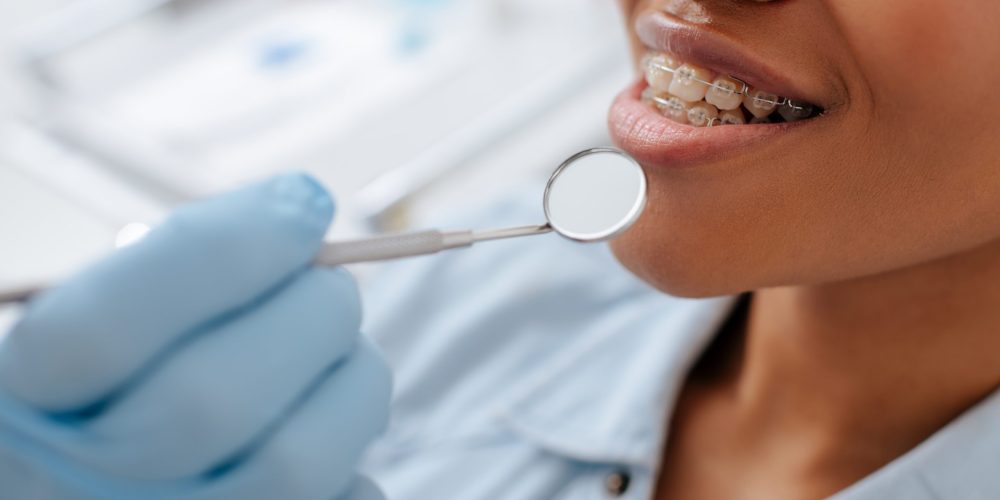Reconsidering the Role of Dentistry in Managing Sjögren’s Disease

Authors: Mungia R, Watson G, Funkhouser E, and the National Dental PBRN Collaborative Group
We’re pleased to share a recent Network publication, “Reconsidering the Role of Dentistry in Managing Sjögren’s Disease: Insights from the National Dental PBRN,” authored by Mungia, Watson, Funkhouser, Oates, Taverna, Gilbert, and the National Dental PBRN Collaborative Group (JADA, 2025; accepted for publication).
Sjögren disease (SjD) is a systemic autoimmune condition that disproportionately affects women and is often underrecognized in dental practice, despite its hallmark oral manifestations. Affecting an estimated 4 million people in the U.S., SjD impairs salivary and lacrimal gland function, leading to significant oral-systemic health challenges.
Why is this important?
Sjögren’s disease (SjD) has prominent oral-systemic health effects and is often underrecognized at the dental chair. This study draws on practitioner responses to describe how dental professionals identify and manage SjD, emphasizing the value of routine dental visits in early recognition and coordination of care.
What results were reported?
- 90% of surveyed practitioners reported treating patients with SjD, with over one-quarter encountering these patients monthly or weekly.
- Most dental professionals recognized hallmark oral signs-including dry mouth, root/cervical caries, and dry mucosa.
- 83% advised over-the-counter saliva substitutes, while only 20% recommended prescription medication.
- 29% coordinated care with medical colleagues such as physicians or rheumatologists.
- 73% of respondents supported further research aimed at improving dental outcomes for patients with SjD.
Challenges in Dental Management
Managing SjD goes beyond treating dry mouth. According to the publication, time-limited visits, lack of clinical algorithms, and limited referral pathways contribute to delayed diagnosis and fragmented care. The authors mention that many dentists are unfamiliar with systemic treatments like pilocarpine or cevimeline, and patients often struggle with adherence due to fatigue and multiple medications.
Opportunities for Education and Collaboration
The paper suggests several opportunities for improving care:
- Incorporation of case-based learning and simulation of autoimmune conditions in dental education
- Clear clinical decision tools and stronger referral pathways
- Integration of SjD prompts in electronic health records
- Patient education about hydration strategies, xylitol, and avoiding alcohol-based rinses
Conclusion
Findings from this study point to future research directions, including assessing barriers to coordinated care, long-term outcomes, and disparities in diagnosis and treatment—especially among women and racial/ethnic minorities.
The publication reinforces dentistry’s role in earlier recognition and informed management of Sjögren disease. With continued learning and collaboration, dental professionals play a key role in reducing diagnostic delays and supporting the quality of life for those affected.
Reference
Mungia R, Watson G, Funkhouser E, Oates T, Taverna M, Gilbert GH, National Dental PBRN Collaborative Group. Reconsidering the role of dentistry in managing Sjögren’s disease: insights from the National Dental PBRN findings. Journal of the American Dental Association. 2025 Oct 10; 163:106147. doi: 10.1016/j.jdent.2025.106147. Epub ahead of print. PMID: 41075433.
Interested in Becoming a Member?



